Coffea stenophylla (colloquially called stenophylla) is a coffee species that hails from Sierra Leone, a country on the Southwest coast of Africa bordered by the nations of Guinea and Liberia. If you’re unfamiliar with stenophylla, that’s understandable—it is a little known coffee species compared to its more famous cousins, Coffea arabica and Coffea canephora (aka robusta). Also sometimes known as “highland coffee”, stenophylla could become an essential tool in the coffee industry’s toolkit for adapting to climate change. As research into the recently re-identified species progresses, the scientists and stakeholders involved are focused on finding ways to grow the industry while supporting the communities in Sierra Leone where the plants were rediscovered in 2019 and are being trialed.
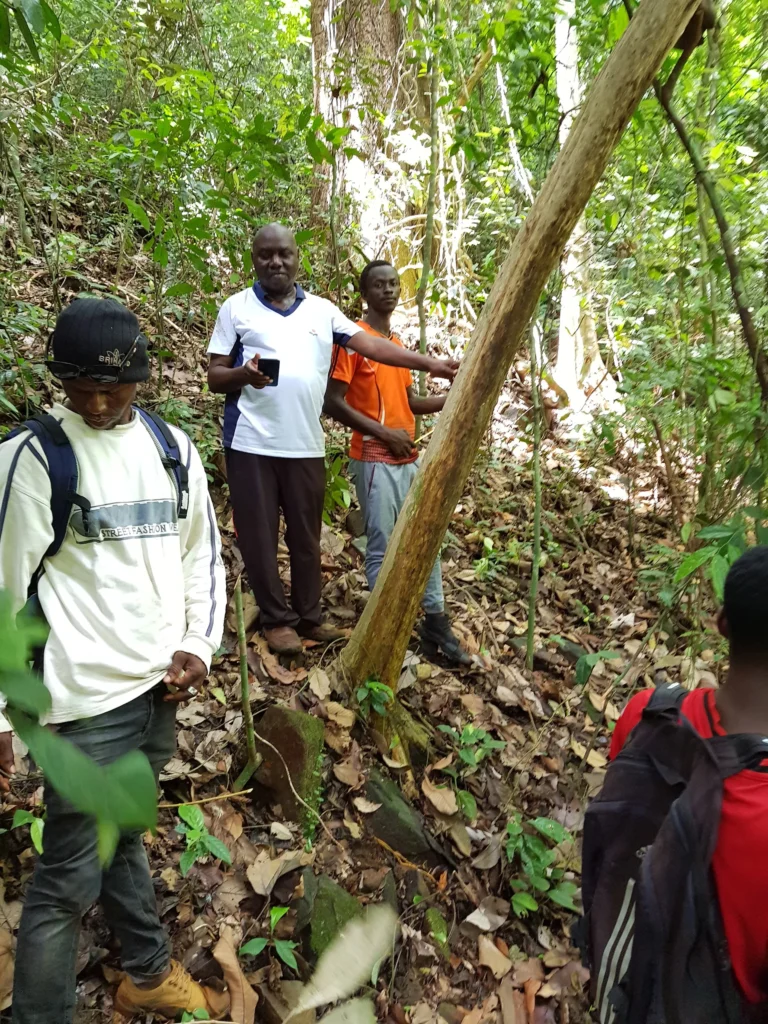
Research into these wild stenophylla populations offers hope for a more sustainable, more climate change-resilient coffee industry. At the same time, the research remains centered in Sierra Leone for the benefit of the communities where the wild samples were first collected. In the coming years, stenophylla research will likely expand to neighboring countries, where other plants may exist. The researchers and their funders hope that the coffee industry’s interest in this novel species will continue to spread, and that the stenophylla plantings in Sierra Leone will flourish. As this burgeoning industry expands, they remain focused on benefiting and supporting the communities where this resource of wild stenophylla was found through community employment, public infrastructure development, and strong outreach and communication.
How Stenophylla Was Beloved, Lost, and Then Beloved Again
Stenophylla was grown commercially in Sierra Leone in the 1890s and exported to France to great acclaim. Historical accounts noted the high cup quality of stenophylla, even when grown at low elevation and in hot conditions. However, in the past century, stenophylla has completely disappeared from farms due to consistently low coffee prices and a lack of interest in anything but Arabica and robusta, causing most coffee farmers to switch to other crops, such as cacao. Stenophylla was so forgotten that when two British scientists and their Sierra Leone partners set out to find samples of stenophylla, they had trouble finding it.
In 2018, Dr. Jeremy Haggar, Professor of Agroecology at the University of Greenwich, Dr. Aaron Davis, Head of Coffee Research and Senior Research Leader of Crops and Global Change at the Royal Botanic Gardens Kew in London, Daniel Sarmu of Coffee Culture Sierra Leone, George Muigai, Head of Projects at Welthungerhilfe (WHH), and Alex Johnbull, Certification Officer at WHH, found what are likely some of the last wild populations of stenophylla growing in rapidly diminishing forests in Sierra Leone.
The team is now researching stenophylla in and around the communities where the wild plants were found, and they’re working with those communities to make the investment in stenophylla an investment in coffee producers as well. They hope that their research will be followed by a national industry of stenophylla production that benefits farmers through better incomes and lower farming inputs.
“The genetic material belongs to Sierra Leone, and our own convictions and beliefs are that the right and ethical thing to do is to support Sierra Leone in developing its own biological resources for the benefit of its people,” Dr. Haggar says.
For Sierra Leone and the communities where wild stenophylla was found, stenophylla could be an important national resource to drive farming, education, and quality of life improvements. For the coffee industry at large, the genetic treasure trove of a wild plant that grows well at low elevations, has heat tolerance higher than Arabica and even perhaps robusta, and the added benefit of an excellent cup could be a game changer for coffee in a changing climate.
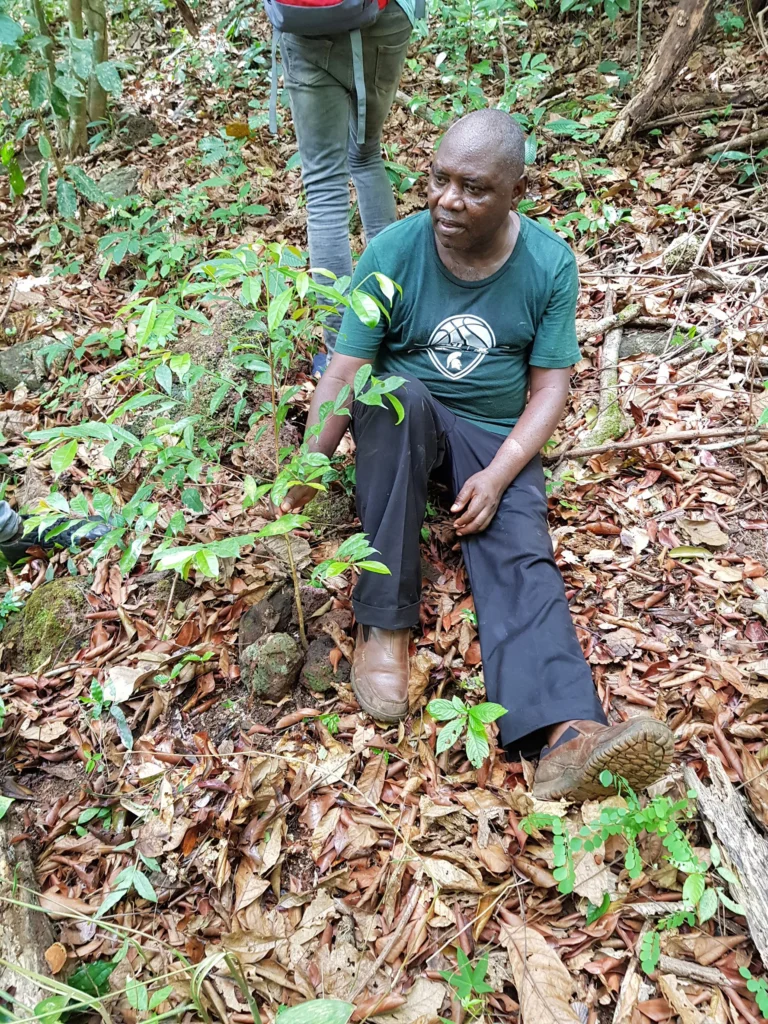
De-Risking Stenophylla Trials for Farmers
One of the main purposes of the stenophylla trials is to support farmers, especially in Sierra Leone where the plants were found. In 2020, the first stenophylla nursery was established by WHH, a German NGO. In 2021, the research team established their first stenophylla nursery and two field trials in Sierra Leone and in 2022, six more field trials were established in different areas of Eastern Sierra Leone at different elevations and soil conditions.
In 2021 a stenophylla nursery was established with forest edge communities (where some of the wild samples had been found), and in 2023, women and young people were employed to plant and later tend to 5,329 seedlings from that nursery on two hectares of land provided by the community.
“We as stakeholders volunteered to give [the researchers] the chance to search for more [stenophylla samples],” says Chief Abdul Karim Kerifa, a community leader in the region. “It is an opportunity we hope to benefit from.”
Distributing the seedlings serves a dual purpose, says George Muigai. “It contributes to the conservation of the indigenous species while empowering local communities economically.”
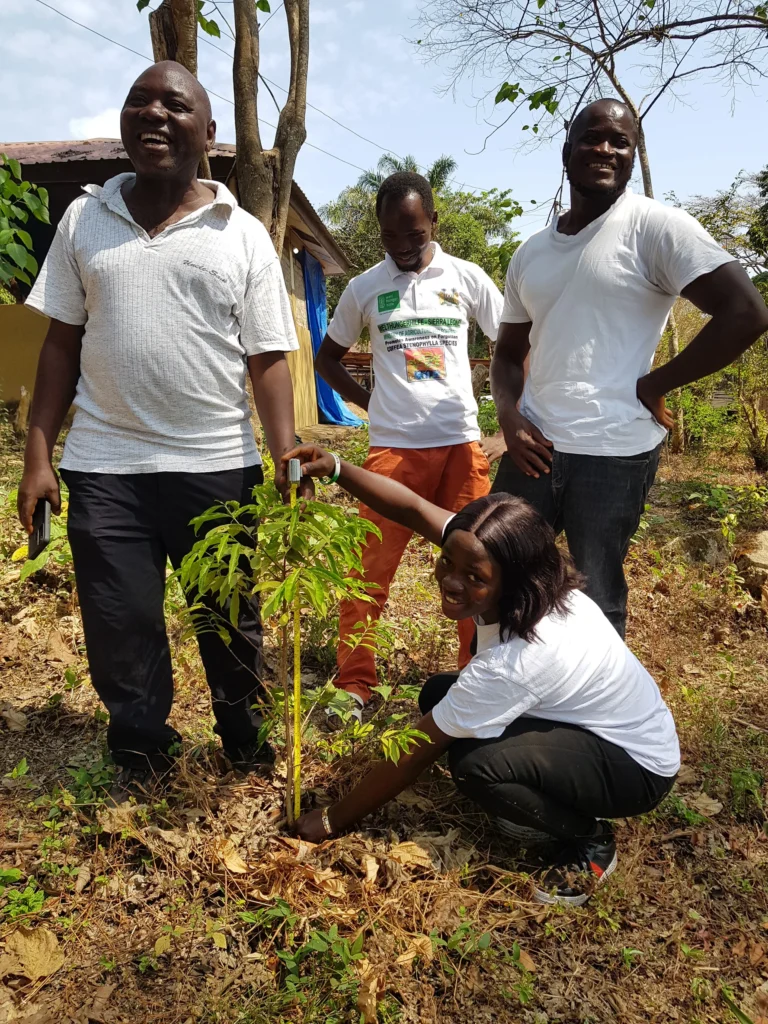
When designing the trials, a key focus was how to ensure that farmers were financially insulated from the risks of growing an unknown species. Participating in field trials puts farmers at risk of income loss. Like any new coffee tree, they are allocating land to seedlings that will not bear fruit for several years, and they have to weather that loss of income. Also, a relatively unknown plant adds to the complexity. They do not know exactly how long it will take the plant to bear fruit and, when it does, if it will have adequate productivity. If these trees don’t provide a productive harvest or if the trees die because the conditions aren’t right, they’ve invested several years of inputs and care into a plant that didn’t bring them any benefit.
It’s important, explains Dr. Davis, that the community members involved in the trials now are paid for their labor, time, and land. “It’s all about de-risking the venture for farmers. And we’ve done that by paying them to do the work but also [by] providing them with the infrastructure that they felt is absolutely essential.”
Setting farmers up for success includes extensive training and knowledge transfer, George explains. “[We are] equipping farmers with the necessary skills and insights to effectively cultivate and manage the Stenophylla coffee species within climate-smart agroforestry systems.”
For the broader coffee industry, nurseries and early field trials are an important first step because, to provide information on stenophylla production to other farms, they need to know under what conditions it can flourish, what typical yields are, and how to care for it. “We need to know the basic information about stenophylla before we can start recommending that farmers grow it,” Dr. Davis says.
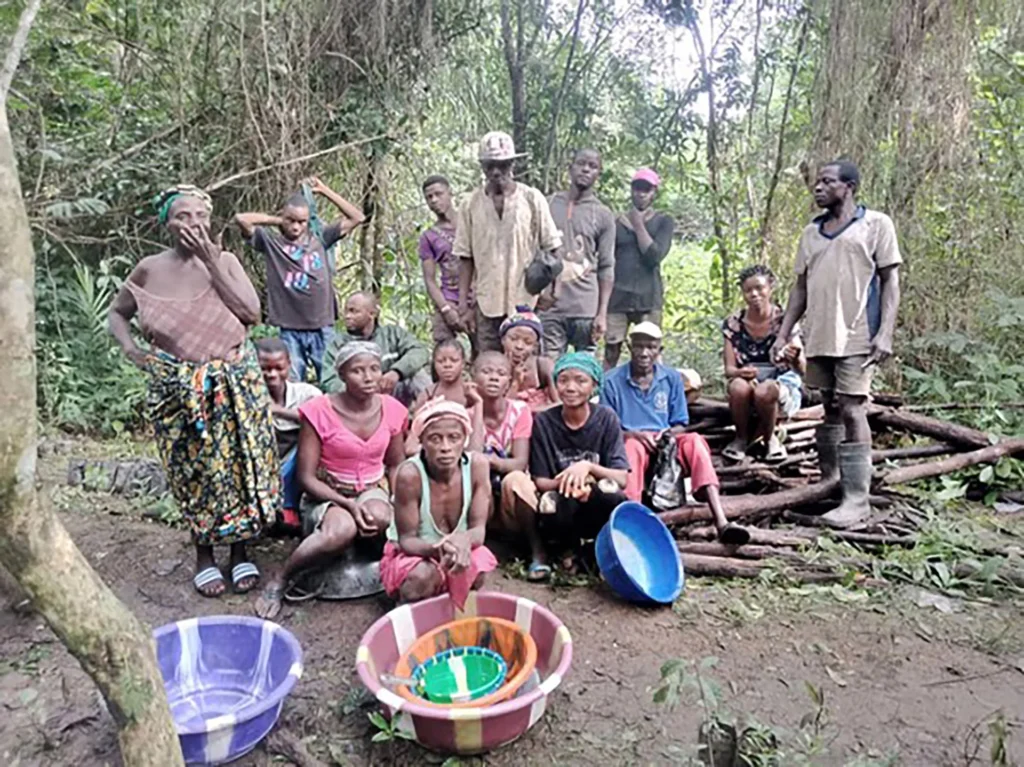
Investing in Community Infrastructure
The entire endeavor of investing in stenophylla is about more than just providing opportunity for the coffee industry. It’s about investing in the people and communities that grow coffee and that provide the incredibly valuable resource of wild and landrace coffee species genetics.
For that reason, the research team and their funders, including Sucafina, invested a portion of the stenophylla research funds into community services for Ngegeru, where wild stenophylla has flourished. The community had requested support to construct a well to provide safe, clean water and community toilets to properly contain waste and prevent the spread of disease, which is where some of these funds were allocated, emphasizing the importance of community investment during the research phase of a project as promising as this one. “We believe Stenophylla will be an important element in creating a more sustainable coffee supply chain,” says Dave Behrends, Managing Partner & Head of Trading at Sucafina. “Supporting those communities in Sierra Leone and the research into stenophylla will potentially help other regions of the world that are suffering from a warming climate to have a viable coffee production alternative.”
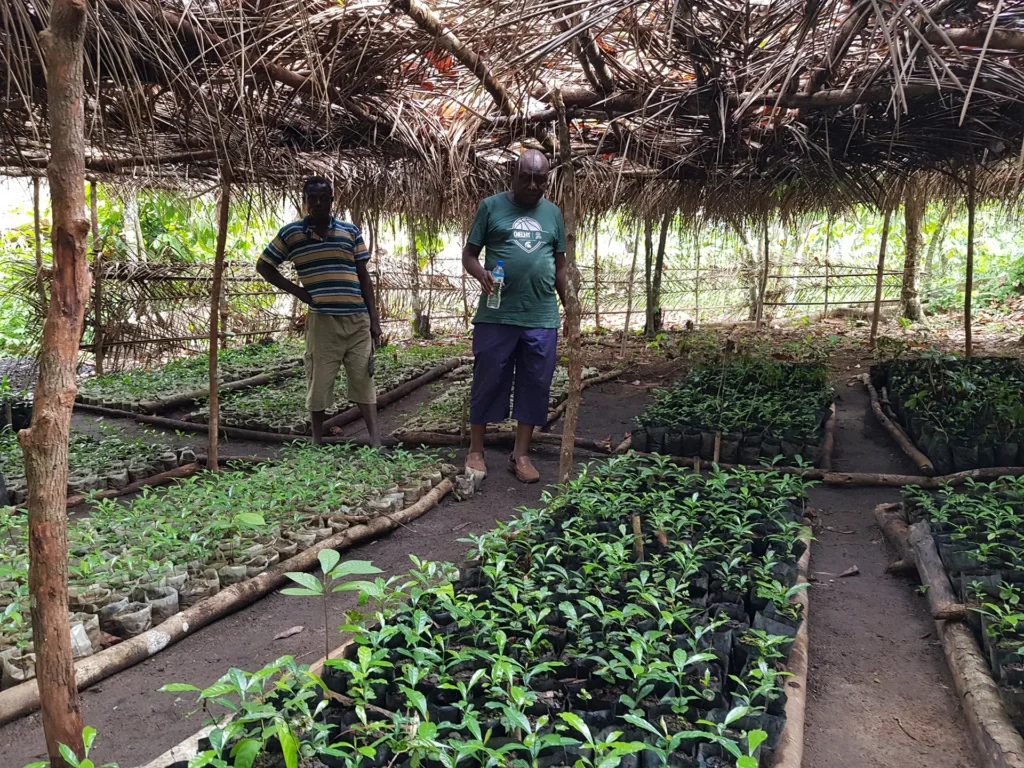
The Future of Stenophylla
In the coming years, the goal is to get the first plantings of stenophylla into production, explain Drs. Haggar and Davis. These are small-scale, about three to four hectares, but they hope that interest in tasting and selling the rediscovered species will fuel the expansion of this nascent industry. “We hope there will be an evolving scale of production and demand,” Haggar says. They are hopeful that stenophylla may gain attention through competitions like the World Barista Championship, “like eugenioides,” Dr. Davis says.
The first plantings of stenophylla are expected to begin producing cherry in 2025. In the meantime, Sarmu, Muigai, Johnbull, and Drs. Haggar and Davis remain dedicated to studying stenophylla’s growth and production while supporting communities where wild plants are located.
Victoria Brown is a coffee professional and journalist based in the United States. This is Victoria Brown’s first feature for Sprudge.